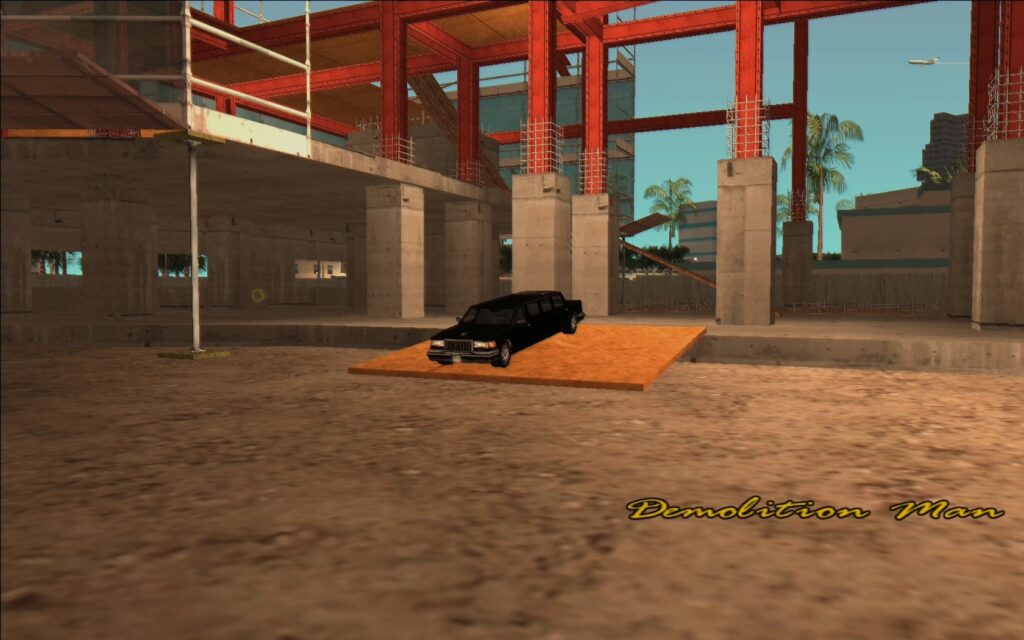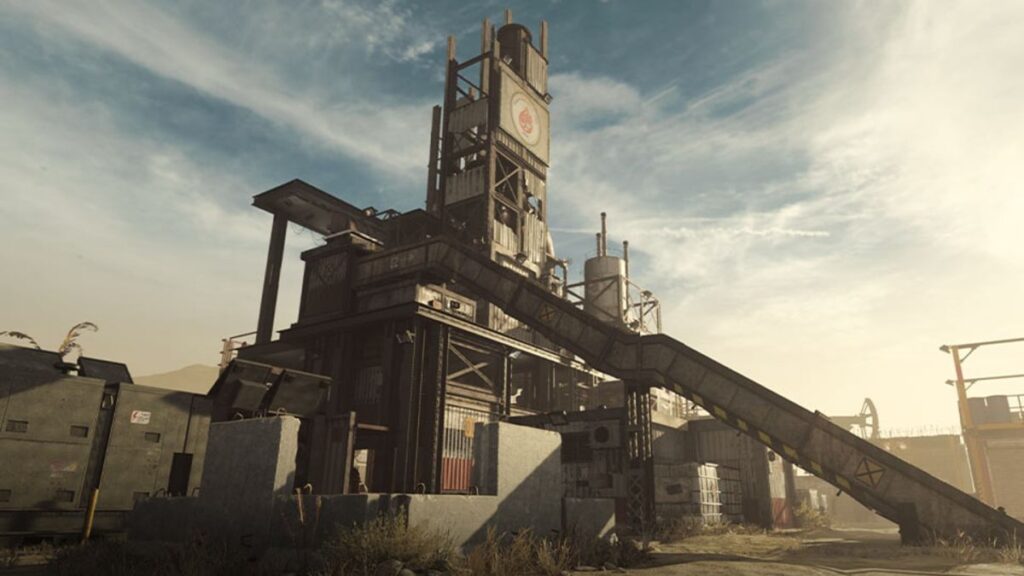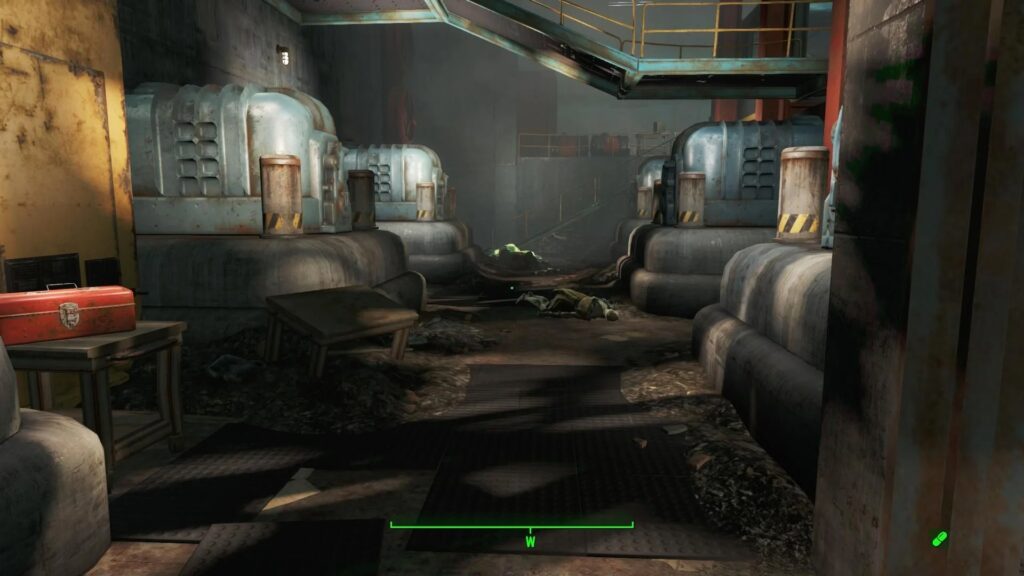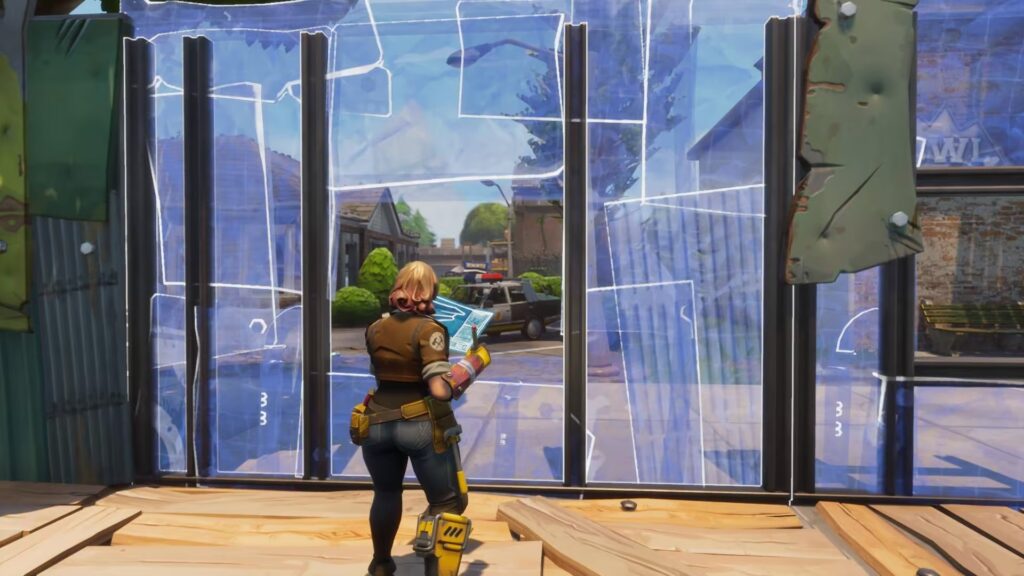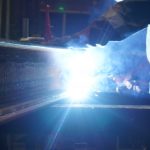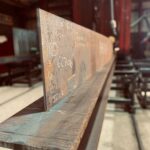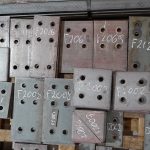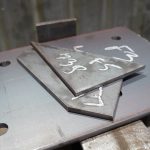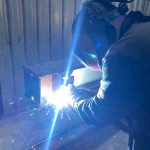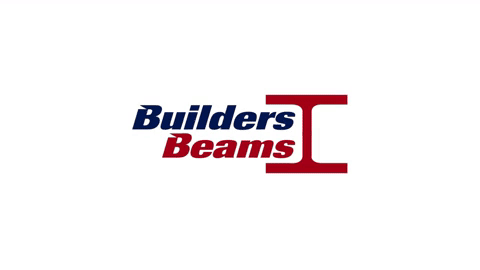In the realm of film production, the set design plays a crucial role in creating immersive and believable environments that support storytelling. Steel, due to its robust properties and versatility, has been a material of choice in constructing many movie sets, ranging from towering cityscapes to intricate ship interiors. As a design engineer with a focus on the structural integrity of steel constructions, I offer insights into how the material’s capabilities and limitations are addressed in movie set design to enhance both aesthetic and practical outcomes.
The Significance of Steel in Set Design
Steel’s primary attributes—strength, durability, and malleability—make it an ideal choice for set design, especially in films requiring dynamic and large-scale structures. For example, in action movies with extensive physical effects or in science fiction settings featuring elaborate architectures, steel provides the necessary support to create grandiose yet safe environments.
Structural Integrity and Aesthetics
From an engineering perspective, the primary concern in using steel in set design is ensuring structural integrity while achieving the director’s visual goals. Unlike real-world architectural structures where safety and longevity are paramount, movie sets need to be temporarily functional yet visually exact. This requires a delicate balance between realistic detailing and the practical aspect of quick assembly and disassembly.
For instance, in the creation of a steel bridge for a high-stakes action scene, engineers must ensure that the bridge can support dynamic loads such as high-speed chases or staged explosions. This involves intricate calculations and simulations to mimic real-life physics, ensuring that the set safely performs during takes while looking indistinguishably authentic.
Accuracy in Structural Representation
- Historical Accuracy: In period films, where historical accuracy is crucial, the use of steel must be disguised or stylized to fit the era. A notable example is the set design of the film “Titanic,” where designers recreated the ship’s structure using modern steel, yet meticulously crafted to reflect the early 20th-century ironwork and shipbuilding techniques.
- Futuristic Designs: In contrast, films like “Blade Runner 2049” leverage Steel’s versatility to construct futuristic cityscapes that appear both otherworldly and plausible. Here, engineers collaborate closely with designers to create structures that, while not currently feasible or practical in real-world engineering, are believable within the film’s setting.
- Dynamic Structures: Movies such as “Transformers” showcase steel in dynamic structures that transform. These sets require not only static structural calculations but also dynamic engineering strategies to accommodate movement without compromising the set’s integrity.
Challenges and Solutions
One of the significant challenges in using steel for movie sets is the need for rapid construction and deconstruction, which can compromise safety if not properly managed. Engineers must design steel structures that are not only safe and sturdy but also modular and easy to assemble. Techniques such as using prefabricated steel sections and employing temporary supports are common practices that ensure safety without sacrificing efficiency.
Another challenge is the visual effect of steel. Since steel is a modern material, it can appear out of place in settings not associated with modernity. This is overcome by surface treatments and finishes that mimic other materials or by cleverly hiding steel within the set’s visible elements.
Conclusion
In conclusion, the use of steel in movie set design is a testament to the material’s adaptability and strength. For design engineers, the challenge lies in respecting the material’s properties while bending them to the whims of cinematic requirements. This involves a deep understanding of both structural engineering principles and creative design demands, ensuring that movie sets are not only safe and sound but also visually captivating and true to their narrative environments. Through this dual lens of practicality and creativity, steel continues to be an indispensable ally in the art of filmmaking.


